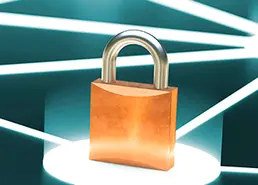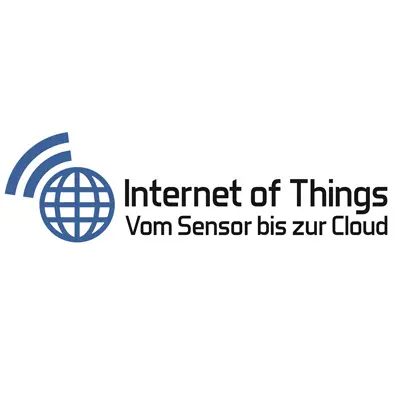Internet of Things 2018 - from Sensors to the Cloud
As concrete applications are gaining momentum in the age of the Industrial Internet of Things, developers are depended upon to design this new infrastructure and create its building blocks in the form of hardware and software, platforms and standards, connectivity and security. In addition, architectures and the distribution of applications as well as integrated ecosystems and services, data models, and even the semantics of the transmitted data play a role in the way data travels from the sensors to the cloud and back.
To address these pivotal issues, industry experts will present approaches, solutions, and practical applications that are already available today and from whose experience the conference participants can directly benefit:
- IoT Practice Applications – The Industrial IoT and OPC UA, edge and fog computing, commercial considerations
- Hardware and software for the IoT – Digital twins, middleware, apps, HW-OTA
- IoT Platforms – Cumulocity, ThingWorx, connectivity concepts
- Security – Secure edge, fog, cloud computing, secure elements, version control, fieldbuses, mist computing
- IoT communication – IQRF, MQTT 5, Sigfox etc.
From 4.00 to 4.30 pm, Guenther Fischer, Senior Consultant Licensing and Protection, will take you on a journey into “Securing IoT Devices with Secure Elements”. As early as 2017, a Google Project Zero research team discovered that attackers could use the "speculative execution" technology of modern CPUs to read system memory that was not supposed to be accessible to them. By these means, an unauthorized party could disclose confidential information, such as passwords and encryption keys, that would be read from supposedly protected system memory. This vulnerability affects almost all CPUs used by AMD, ARM, and Intel in the last two decades. Since Google revealed this vulnerability on January 3, 2018, the entire hardware industry has been busy closing the identified gaps. While some researchers assume that only a replacement of the entire hardware is a valid guarantee for a solution, others have been working together on cross-platform hardware solutions: The use of so-called secure elements such as TPM, HSMs, or smart card chips provides the necessary security that a secret remains secret and any attempts at tampering are detected.
Registrations are open. Take action now
Related Files
- Program of the IoT conference (888 KB)








